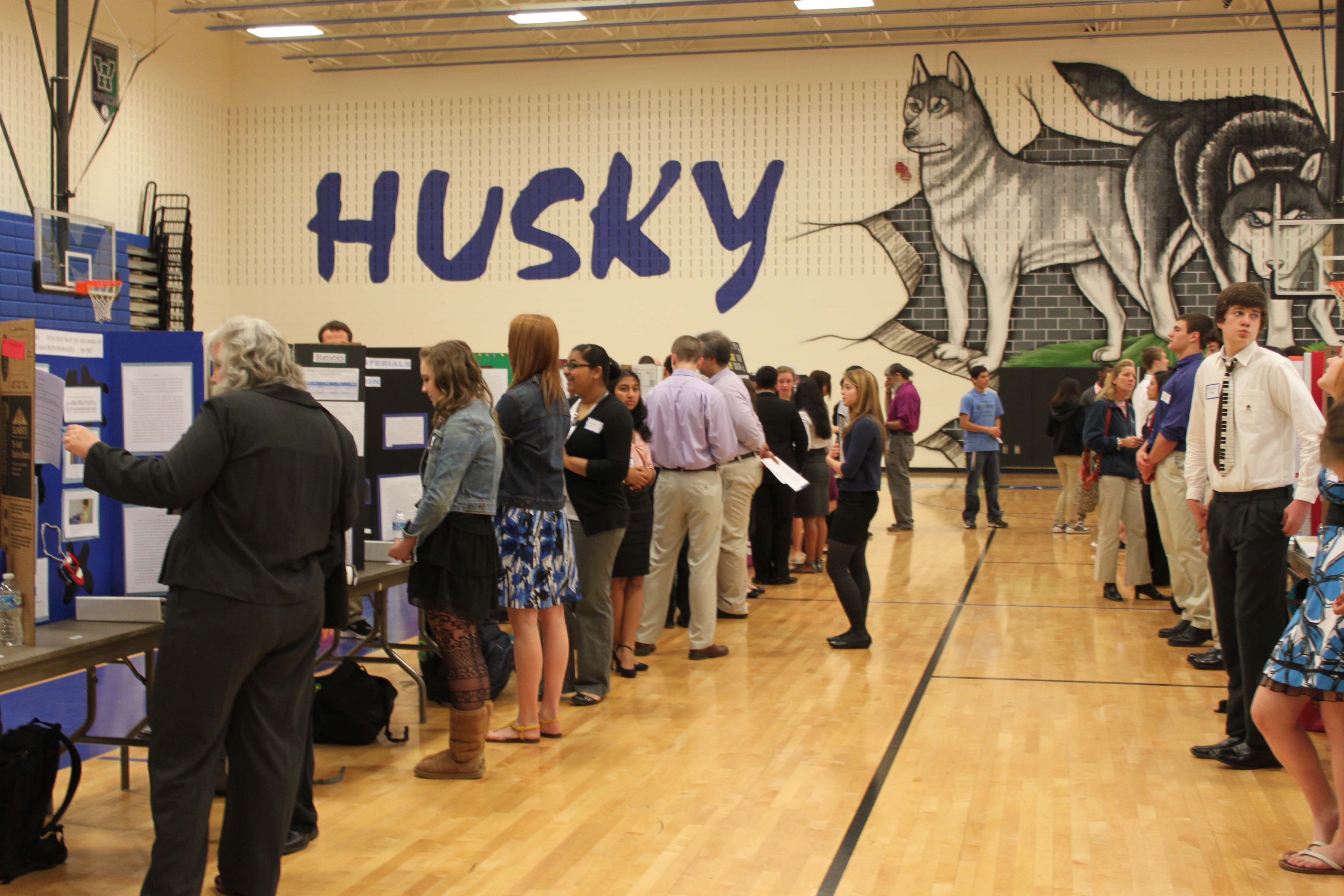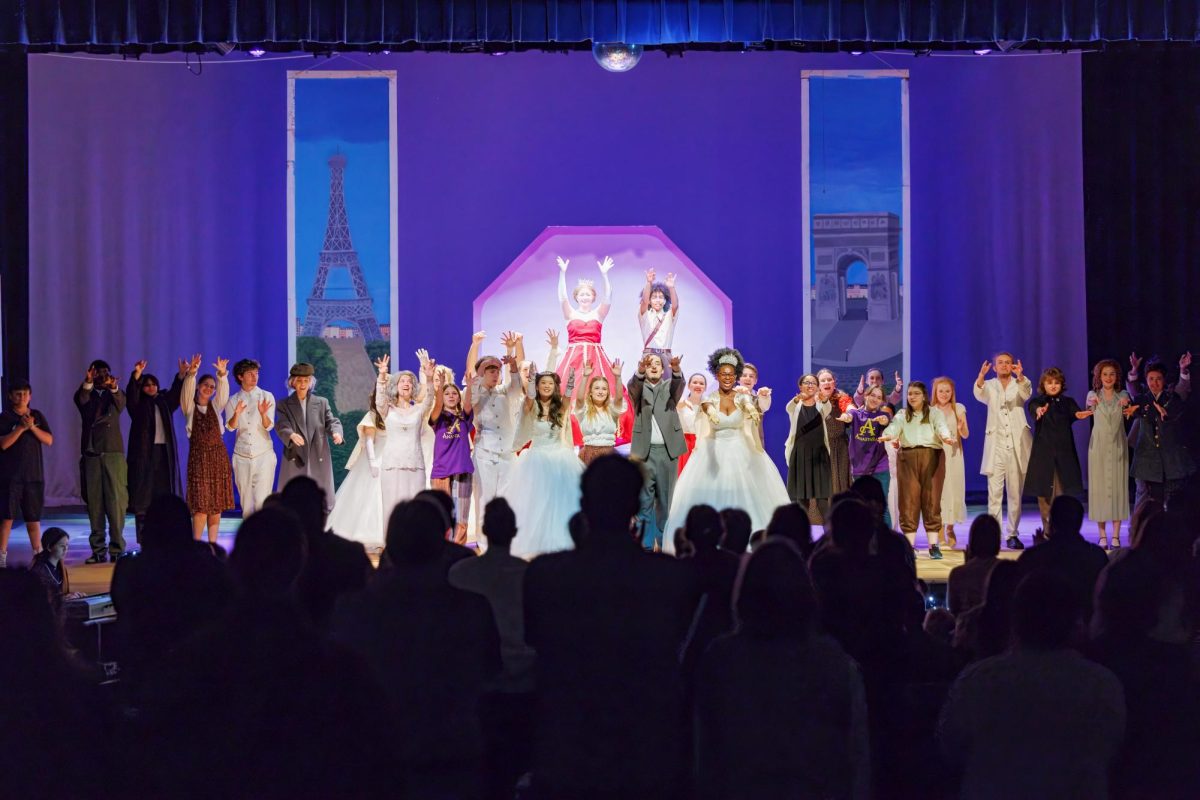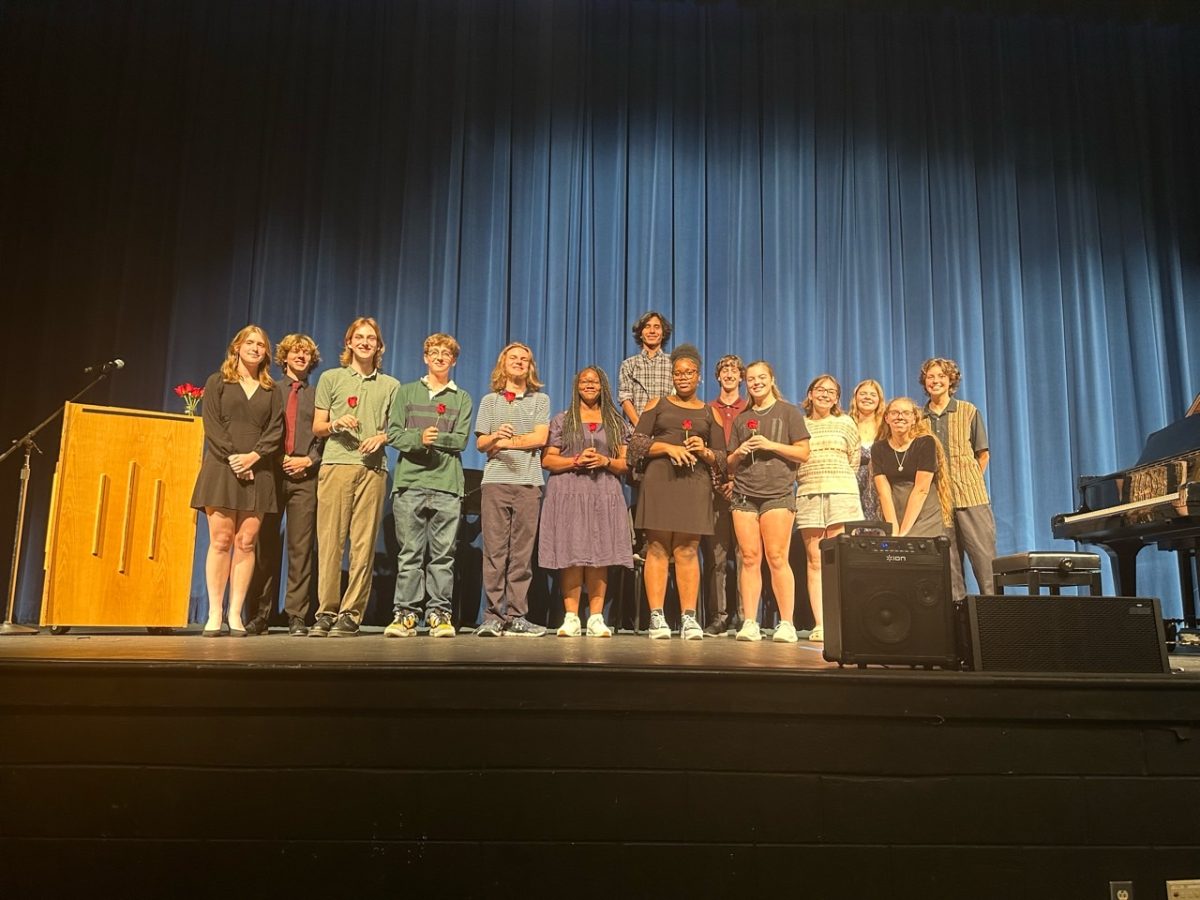By: Forest Langhorne
Leesburg, VA- Science Research Project. Say those words in front of the average Honors Biology student and it inspires a reaction similar to that of getting a flu shot: one of a grimace accompanied by bluntly expressed distaste. However, the end of what many consider a horrible weight, and to others an interesting way to learn and challenge themselves, has finally come. Tuscarora High School hosted its second annual Intel International Science and Engineering Fair on Wednesday, March 28, bringing with it closure for all of its participants.
But before the actual fair can be discussed, it’s important to understand what the Science Research Project really means to students, and what is behind it. The Science Research Project is Loudoun County’s extension of the Intel International Science and Engineering Fair, an international science competition sponsored by the Intel Corporation and designed to help high school students showcase their work on an international level. Winners typically progress up from a local to regional level in competition, where the best ultimately go on to the state and possibly the international level. Winners can receive anywhere from $25 up to $50,000. SRP is a required part of the curriculum for all honors biology students and for seniors participating in Independent Research Studies throughout the county. SRP plays a very important role in these students’ grades throughout the third quarter. And for most of these students, right up until the fair is done, SRP simply represents a project that is more stressful than rewarding. “Words cannot describe how good I feel now that I’m done with the fair,” stated sophomore Finn O’Hara. Relief now that the fair was done was also a commonly echoed sentiment among the participants, but the judges would soon replace this relief with the anxiety of having their projects judged.
Judging for the fair started at around 9:15, when the judges started to make their way into the main gym after their complimentary breakfast. In a change from last year, many of the judges this year were students from Tuscarora. Many students this year were allowed to judge the fair due to their great performances last year at the science fair. Sophomore Ben Fuhrmann, who placed first in his category last year and was one of the people selected to judge the fair this year, said about being able to judge, “It’s been a lot of fun being able to come back and help with the fair again this year as a judge, and I hope they allow us to come back our junior and senior year to help.” This was a thought shared by many of the students returning from last year.
Judging continued for a little over 3 hours, even lasting up until 12:30 for some participants in the Environmental Science category. While virtually all the students there were happy to finally be done with the project, some also seemed to be sad to finally say goodbye to SRP. “I’m relieved to be done, but it was also a lot of fun and I’m kind of sad it’s over,” explained sophomore and category winner Connor Murphy on his feelings about the end of the project. Other students explained they were happy to be finished so that they could spend more time worrying about science, such as sophomore Zach Hamade, who explained he was glad [SRP] was over so he could worry more his actual science class. However, many students’ emotions about the fair being over couldn’t overcome their nervousness now that they were actually being judged. “It’s nice to actually be presenting my project, but the judges are a little intimidating. As long as I don’t mess up I think I’ll do well,” Zach said ont his feelings about being judged. “We’ve been working on this project for at least a year now, so we should all be pretty prepared and do well with the judges,” freshman Collin Chin explained, stating yet another thought shared by virtually all the participants in the fair this year.
Once the judging finished, the judges got back together for lunch and started their deliberations on who should win in their categories. Winners are decided based on set criteria including the quality of the presentation, the quality of the display board, and the quality of the project. While some judges said there was a clear winner in their category, others weren’t so sure. “The fair was a lot better this year, with a lot more projects and a lot higher quality of work in the boards…I don’t think there is a clear winner at all [in my category],” junior Jenny Klug, another student judge, told me about her thoughts concerning her category.
While this was going on, the participants sat down to a 45 minute long lunch, going from there to the auditorium to watch a movie while the judges continued their deliberations. For many, this break served as a great way to relax after hours of intense appraisal, but for others, this break was simply an allusion. After around an hour and a half break, the judges pulled back the first place winners for another round of judging in the library to decide who the best of fair winners were going to be.
At the end of day, most students went home or off to sports practice, returning at around 6 p.m. for the final ceremony where the best of fair winners were announced. After the first, second, and third place winners were recognized in their different categories, the best of fair winners were announced. The winners ended up being sophomore Chiara Solitario, who had done a project on “The Effect of Different Water Treatment’s on E.Coli Concentration,” and senior Evan Cowling, who had done a project on “The Effect of Genetic Variation of E.Coli on Virulence of Lamba Bacteriophage.”
Unfortunately, the winners of this year’s fair were unable to advance to the regional fair, as the regional science fair had taken place 14 days earlier. However, it can be universally agreed upon that many of this year’s projects were more than deserving, and already many are looking forward to seeing how next year’s fair will turn out.
Categories:
Science Fair Wins Big
April 13, 2012
0
Tags:






